While the cleantech sector is very much a boy’s club, women are starting to break down the clubhouse door. Meet 12 of the most savvy and accomplished interlopers. Some are building their own start-ups, others are climbing the ranks in big companies, still others are plowing millions into new clean-energy endeavors via venture-capital firms. All of them, we hope, will inspire more women to get involved and take charge in industries that are changing how we power our lives, how we get around, and ultimately how we cope in a climate-changed world.
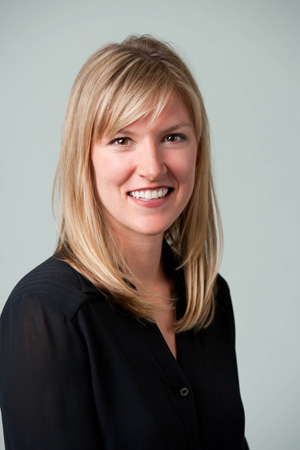 Lynn Jurich
Lynn Jurich
President, SunRun
Twelve thousand American homes now have solar panels thanks to 31-year-old Lynn Jurich, and she’s set her sights on millions more. In her 20s, during summer hiatus from Stanford business school, Jurich went to China to work at a bank and found “the air so polluted that I couldn’t see the sun.” It struck her then that “energy is the greatest problem my generation has to solve.” She returned to the states to join a biz-school cohort in founding SunRun, a start-up with a deliciously simple premise: more people would switch to solar if it were easy. SunRun does all the hard stuff — it selects, buys, installs, and services each of its PV systems, and muddles through the complexities of permitting, net-metering, and tax credits. All a homeowner has to do is provide a rooftop for the installation and sign a fixed-price, long-term contract to purchase the carbon-free electricity the panels produce. Four years after it was founded, SunRun now commands 10 percent of the residential solar market and operates in nine states. The company, which installs $1 million worth of solar equipment each day, grew 300 percent in 2010 and is poised for similar growth this year.
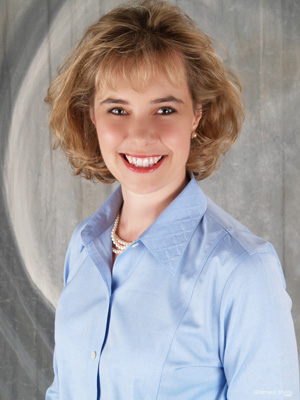 Christina Lampe-Önnerud
Christina Lampe-Önnerud
Founder and CEO, Boston-Power
“An innovator is someone who dares looking at problems differently, and maybe even doesn’t acknowledge them as problems, but as opportunities,” says Swedish-born Christina Lampe-Önnerud, CEO of Boston-Power. The problem 44-year-old Lampe-Önnerud has taken on is one of the trickiest out there: how to build energy-dense batteries. She worked on it while earning her doctorate in inorganic chemistry at MIT and parlayed her research into Boston-Power, a company she founded in 2005. In the last six years, with $191 million in funding, her team has redesigned the nuts and bolts of lithium-ion batteries, from the structure of the cells to patterns of energy flow. Their products are used by companies like Hewlett-Packard to power laptops and other electronics. Lampe-Önnerud and her engineers are now working to adapt their technology to large-scale batteries for electric vehicles and grid applications. Outside the office, Lampe-Önnerud sings in the a cappella Stardust Show Chorus and practices with her trumpet-playing husband, Per Önnerud, who is Boston-Power’s CTO.
 Marianne Wu
Marianne Wu
Partner, Mohr Davidow Ventures
Marianne Wu’s career has taken her from a world of hardcore electrical engineering to the firmament of Silicon Valley power investors. As a partner at Mohr Davidow Ventures, which has a $700 million investment fund, Wu focuses exclusively on cleantech. Last year, she guided tens of millions into solar, biofuels, green chemicals, gasified coal, energy efficiency, and smart grid. “We’re investing in breakthrough technologies that could disrupt entire industries,” she says. “What could be more exciting?” For Wu, 44, this work is not just about going green: “It’s about hedging volatility. It’s about becoming more flexible and creative in the face of increasing global challenges.” Even in the investment world, Wu still relies heavily on the PhD in electrical engineering she earned years ago: “Much of what I do now deals with electricity, profound changes that are taking place across the electricity value chain.”
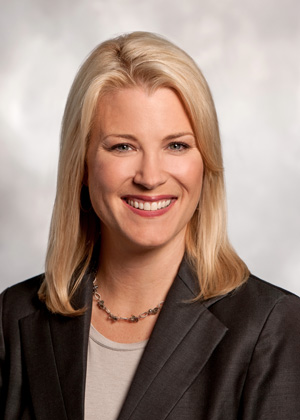 Laura Ipsen
Laura Ipsen
Senior VP and General Manager, Cisco
Laura Ipsen, general manager of smart grid technology at Cisco Systems, will tell you that she’s no whiz at the nitty-gritty side of electrical engineering. Her challenge is at the 10,000-foot level, coordinating a massive project with many minute parts: “It’s about putting intelligent devices — billions and trillions of sensors everywhere — at every point in the grid, from generation and distribution all the way into buildings.” What excites Ipsen, 47, most about her work isn’t its breathtaking scope, but the possibility of ramping up energy efficiency in the U.S. “If we build this right, it will enable us to store and transmit energy without waste. My motto is: No electron left behind.” Ipsen says her decision to pursue cleantech reflects her devotion to her kids as much as her passion for technology: “I’m a huge techno-optimist. I believe our technology will do a lot more to give back to the environment than anything it will do to take away.”
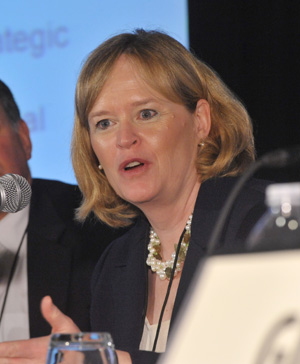 Martha Wyrsch
Martha Wyrsch
President, Vestas Americas
Martha Wyrsch, the 53-year-old head of Vestas Americas, says the most satisfying part of her work is creating jobs. Formerly a top dog at Spectra Energy Transmission, a natural-gas distribution company, Wyrsch now oversees 50 North American facilities for the world’s biggest producer of wind turbines. “I left natural gas thinking that everything we do in the U.S. has an impact on the world, and we need to become much more progressive,” she explains. Wyrsch grew up in Wyoming, a stronghold for oil, coal, and natural-gas development, but a state where wind and geothermal industries are also taking hold. “I straddle two worlds,” Wyrsch says, “the old and the new.” Her old-world experience has prepped her for new-world success: “The wind industry is moving from a boutique niche industry persona to one that’s serious business.” Since 2008, Vestas has created some 2,000 new jobs in the United States — more than any other wind energy company.
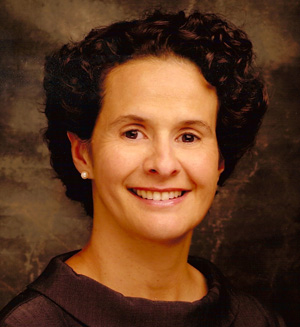 Eugenia Corrales
Eugenia Corrales
Executive VP, Nanosolar
Eugenia Corrales has held plenty of h
igh-paying jobs at companies like Hewlett-Packard and Cisco Systems, but in 2005, at the age of 40, she wasn’t satisfied. “I guess it was a midlife crisis. I did a lot of soul searching and realized it was time to put my little grain in the sand to create a society that has a very different makeup.” Now, at 47, Corrales is executive vice president of engineering & operations at Nanosolar, one of the world’s most buzzed-about solar companies. The start-up, which has received hundreds of millions in VC funding, is using CIGS (copper indium gallium selenide) along with methods of nanotechnology to produce thin-film solar that is just as efficient as crystalline silicone, but at a fraction of the cost. “The big technical risk is behind us — we’re no longer wondering if the technology works, but if we can ramp it up.” Corrales is optimistic: “Solar is poised for massive growth. We’re at a really important inflection point in our lifetime and in the history of humanity. It’s an amazing time to be alive.”
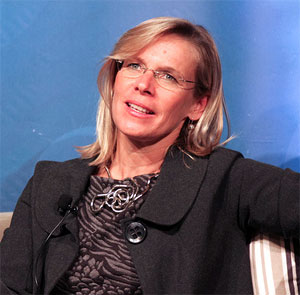 Cathy Zoi
Cathy Zoi
Managing Director, Silver Lake Kraftwerk
These days, Silicon Valley is a lot more conducive to renewable-energy advocacy than Washington, D.C. That may be one reason why Cathy Zoi left the Obama administration earlier this year to help start up a new clean-energy investment fund. Silver Lake Kraftwerk [PDF] — a joint endeavor between George Soros’ investment fund and the Silver Lake private equity firm — will invest in cleantech companies that have proven technologies and business models but need an injection of capital to really get rolling. Zoi, 50, has experience investing in promising clean-energy projects, as she helped dole out billions in stimulus funding through the Department of Energy when she served as Obama’s assistant secretary for energy efficiency and renewable energy. Previously she ran Al Gore’s Alliance for Climate Protection and served as chief of staff in the White House Office on Environmental Policy during the Clinton administration. To Zoi, steering investment into cleantech R&D is critically important: “We need to drive down the costs of our technologies,” she stressed earlier this year.
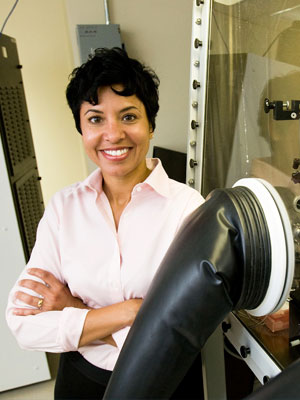 Ann Marie Sastry
Ann Marie Sastry
President and CEO, Sakti3
Somewhere in our future lies a battery that will make combustion engines a thing of the past, once and for all. Ann Marie Sastry, 43-year-old president and CEO of Sakti3, believes that future is here. With a team of engineers at the University of Michigan, Sastry developed a next-gen lithium-ion battery that uses no liquids: “It’s entirely solid-state, which offers substantial improvements in energy density and safety.” General Motors is among many investors placing bets on Sastry’s technology, which is designed to be used in both all-electric and hybrid-electric cars, enabling the latter to get over 100 miles per gallon. “When you look at the totality of the world’s problems, energy always comes to the top of the list,” says Sastry. “And you think: What am I going to do about it? My answer was: I’m going to create the tools and the teams to manufacture a really good battery.” Sastry, who is currently on leave from the University of Michigan, says she loves building her business: “This is the most fun I’ve had in my career so far.” But it comes with its pressures: “We’re in a hurry. We want to realize this technology in a short amount of time, as the world is becoming exponentially more consumptive of energy. There’s a timer on this problem.”
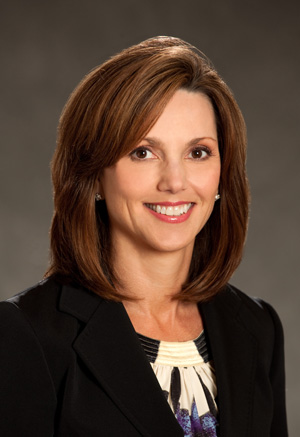 Beth Comstock
Beth Comstock
Senior VP and Chief Marketing Officer, General Electric
Beth Comstock, chief marketing officer at GE, has been in the cleantech vanguard since 2005, when she helped launch the company’s “ecomagination” campaign. It began largely in response to GE’s biggest customers in Europe and Asia, who were clamoring for cleaner, more efficient products. In the years since, ecomagination has grown bigger than Comstock, 50, ever dreamed: “Today it’s not just about building wind turbines and batteries and solar and smart grid. It’s also affecting the way we run our capital, health-care, and real-estate divisions. It’s influencing our supply chains. It has become the way we work,” she says. Comstock is now spearheading GE’s efforts to invest $10 billion over five years in new cleantech R&D, and she expects the company’s eco-offerings to grow at two times the rate of the company’s traditional products.
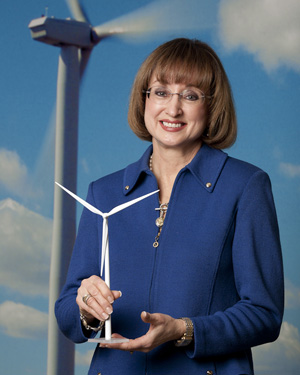 Denise Bode
Denise Bode
CEO, American Wind Energy Association
Denise Bode has dubbed herself the energy industry’s “poster child for change.” Descended from a long line of wildcatters, the 57-year-old Oklahoman served for seven years as the president of the Independent Petroleum Association of America before becoming CEO of the American Wind Energy Association. “I’ve moved from the finite energy resources to the infinite,” she says. Bode’s job is to lure new wind manufacturing facilities to the U.S. and persuade lawmakers to back policies that support the industry’s growth. Despite the uphill battle against subsidized fossil fuels, wind accounted for 35 percent of all new power generation installed in the U.S. last year. And the technology is rapidly getting more sophisticated: A wind turbine built today can generate 15 times more power than a standard turbine built in 1990. “As I see it,” says Bode, “I’m one of the chief economic development officers of the United States. We’re creating not just a brand new industry, but one with inexhaustible potential.”
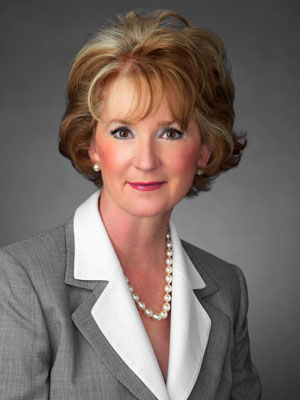 Photo: GittingsRebecca McDonald
Photo: GittingsRebecca McDonald
CEO, Laurus Energy
No two words have been more controversial in clean-energy discussions than “clean coal,” but Rebecca McDonald, the 59-year-old CEO of Laurus Energy, may actually have the right to use them. A veteran of Enron, Amoco, and Duke Energy, McDonald is pioneering a method for underground coal gasification that produces a synthetic oil which can be turned into a low-carbon jet fuel or used in petrochemicals. She says the synfuel emits 33 percent less CO2 than natural gas and costs about 66 percent less to produce. It has yet to be proven on a commercial scale, but if it flies — yes, that’s a big if — it could change the way we look at coal. “Renewables may be able to tackle the power issue,” says McDonald, “but they can’t
create a synthetic barrel of oil.”
 K’Lynne Johnson
K’Lynne Johnson
CEO, Elevance Renewable Sciences
K’Lynne Johnson, 43, has given herself the task of “renewing and transforming the chemicals industry.” Formerly employed at BP and Amoco, Johnson launched Elevance Renewable Sciences to produce “green” chemicals from renewable sources such as soybeans, canola, palm trees, and algae. Traditional petrochemicals are made from petroleum, accounting for about 10 percent of crude oil demand. Elevance is pioneering production methods that use relatively low amounts of water and relatively low pressures and temperatures, cutting down on cost and toxic waste. The company’s products are used in everything from personal care products and detergents to lubricants, waxes, and plastics. “This is not a wait-five-years-to-get-there technology,” says Johnson. “It’s here now. There are no cost barriers. And our products perform equal or better than conventional petrochemicals.”
Read about how women are infiltrating the cleantech sector.




